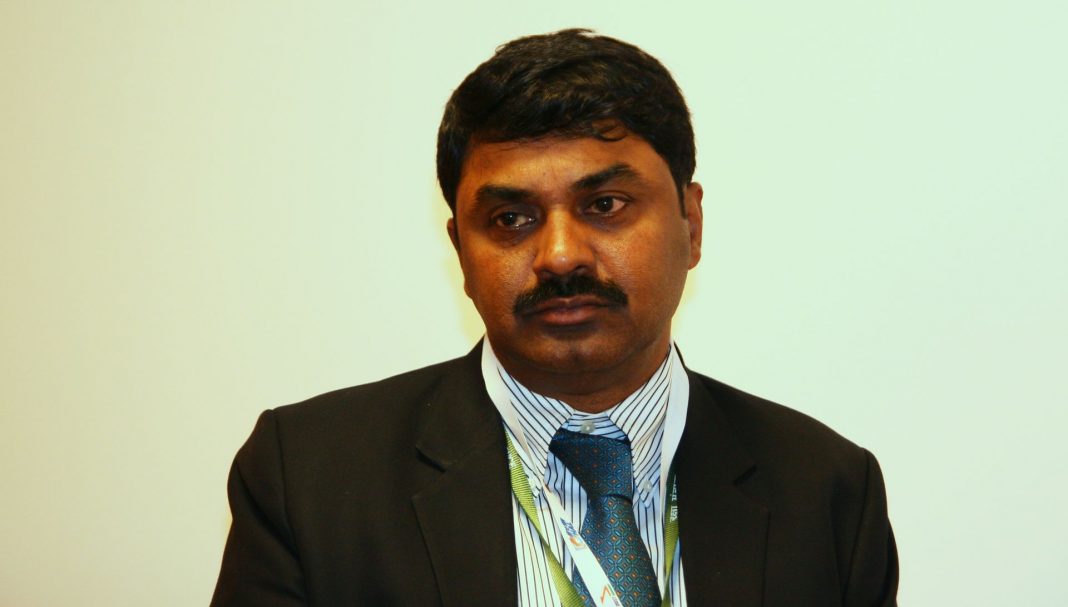Dr G. Satheesh Reddy is a distinguished scientist with numerous awards and honours to his credit. Besides serving as Director General (Missiles & Strategic Systems) for the Defence Research and Development Organization (DRDO), Dr Reddy is also the Scientific Adviser to India’s Defence Minister. Our Editor-in-Chief, Saurav Jha, had a brief chat with him on the sidelines of Aero India 2017…
1. Would you comment on your role as Scientific Adviser to the Indian Defence Minister?
Certainly. Besides giving advice on technical aspects of current relevance to the Defence Minister, I am also responsible for providing inputs on emerging areas. At the moment, I am involved in the formulation of things like a materials policy, an innovative manufacturing policy, cyber policy, space policy etc. So besides providing technical advice on daily files to the Defence Minister, I also serve to support policy making in emerging techno-scientific domains of importance to defence.
2. What do you think India’s approach should be towards cyber-physical systems, in terms of sourcing?
Naturally, we need to build our own capabilities in this domain. To begin with, we need to develop an indigenous operating system, routers, server chips, cyber ranges etc. I think enough information has percolated to various arms of the government on the critical need for movement on this front.
3. What do you think of the melding of cyber and electronic warfare (EW) systems that is currently underway? Especially, about technologies akin to what the Americans call ‘Suter’ which among other things, involves ‘sending’ malware through enemy radar aperture to take over administrator functions etc?
India has done reasonably well in the domain of EW systems over the years. I think we need to build capability across the entire gamut of ELINT payloads. Besides the obvious focus on airborne payloads, space based payloads are emerging as a major focus area. I think my answer to your last question about cyber-physical systems caters somewhat to the defensive element involved in dealing with emerging cyber-EW threats.
4. As Scientific Adviser, what in your opinion should be the role of public defence research bodies moving forward? In the sense, that a lot of what is being done by DRDO today is essentially done by industry itself in other major powers?
Well, you are quite right that DRDO has to move out of all those areas where industry could itself be up to speed. Not only do we want industry to take a major role in productionizing systems, spiral development etc, we also want them to assume R&D functions in various niche areas where they are likely to prove successful. Things such as intellectual property sharing arrangements can always be worked out.
5. Do you believe there is already some movement in this direction? With respect to DRDO serving as a technology facilitator for industry?
An early example of this would be the way the Advanced Towed Artillery Gun Systems (ATAGS) project is being executed, where DRDO’s Armament Research and Development Establishment is serving as a nodal agency and technology provider for the overall system while industry is doing the heavy lifting on the sub-system and production side of things.
Whatever Indian industry can do, DRDO need not do. The setting up of a technology development fund signals the way things will be taken forward in the future wherein DRDO will hand hold industry in the development of certain technology based military products.
Photo Credit: Sriram Thiagarajan
© Delhi Defence Review. Reproducing this content in full without permission is prohibited.
































